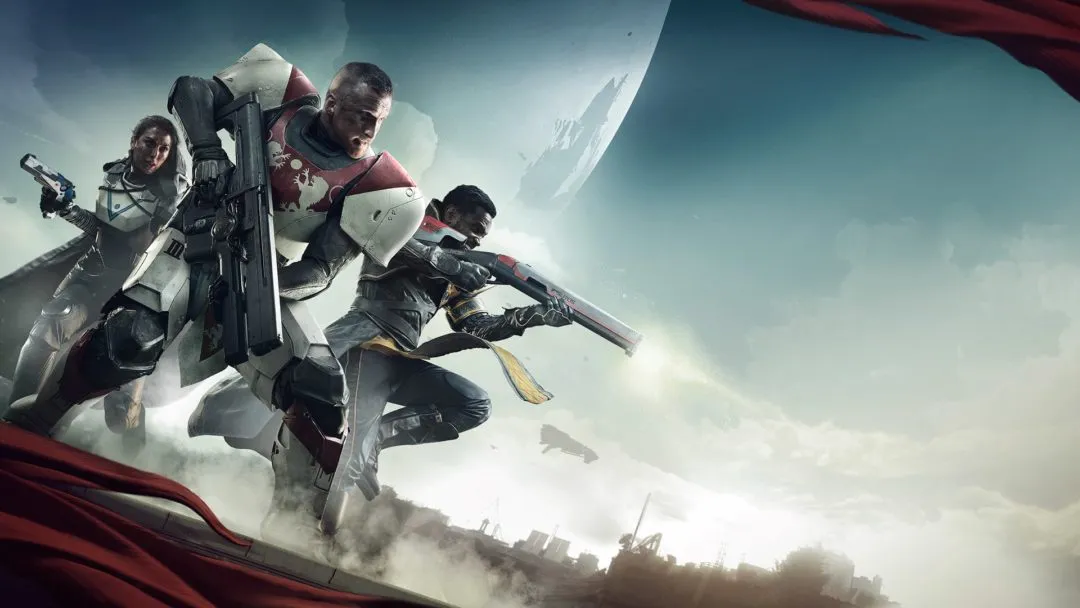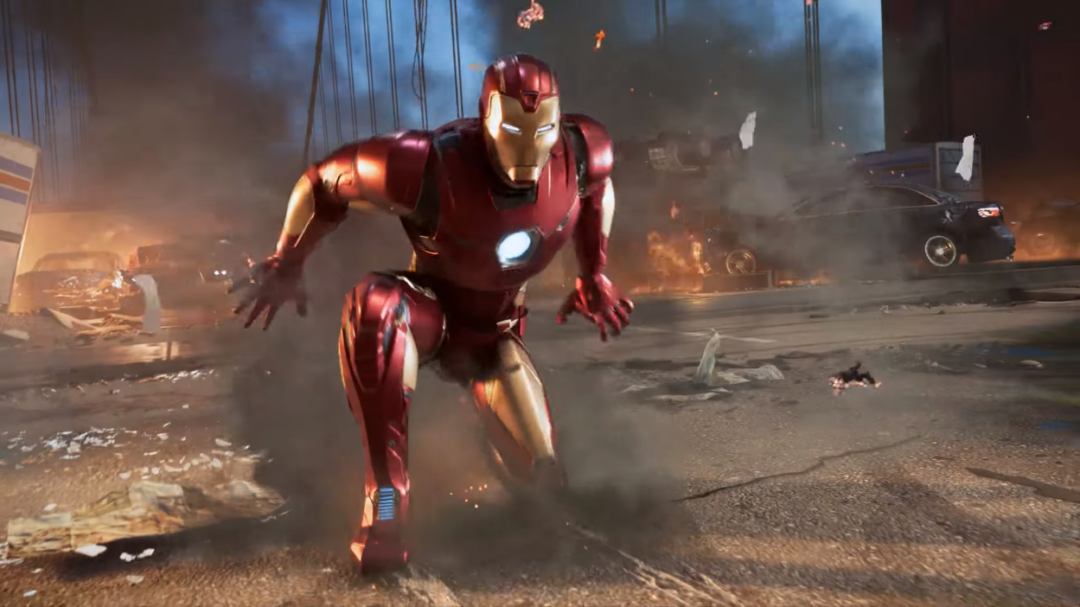You probably clicked on the article expecting a sarcastic send-up of the Thief Reboot. It’s not. I’m actually going to say nice things. Humor me.
Maybe I’m pushing my luck by writing about this game two weeks in a row, but I genuinely love the Thief franchise. I’m personally invested in it. I’ve played a lot of it and I’d put Thief 2 on my short list of favorite games of all time. I even loved Deadly Shadows (Thief 3) despite its flaws. Thief has given me the most frightening moments in gaming – more than Amnesia, more than any other “horror” game. Thief is smart and different and the world has a lot of cultural details that make it stand out.
This new Thief isn’t some Duke Nukem Forever-style trainwreck. The truth is even more tragic. See, there’s a good game somewhere underneath the bugs and stilted cutscenes. This could have been a great one, a natural evolution to a classic. It could have been to Deadly Shadows what Deus Ex: Human Revolution was to the original Deus Ex. We could have gotten a true successor to the franchise that brought Thief‘s unique flavor to a whole new audience.
I doubt Square Enix is going to want to fund another one of these things. They’re not doing very well these days. If they were unhappy about how the well-received Tomb Raider turned out, then they’re really not going to like what happens to Thief. But on the off chance that the team gets another chance, I thought it might be useful to tell them what they did right. Sure, they could figure out what they did wrong by reading reviews, but I’d hate for them to throw the baby out with the bathwater. So for the rest of the article we’re just going to say nice things about Thief, just in case the developers give it another go and find themselves wondering what to keep and what to cut.
1) Bank Mission
Dear Eidos Montreal: You know that Bank level? The one people got for pre-ordering? That was proper Thief. Yes, it was on the small side, but it had everything you need in a Thief level: Multiple routes in, multiple routes through, mechanical defenses and traps, roaming guards, a few civilians, some secrets that could be uncovered by reading notes and paying attention to the environment, and a variety of movement challenges. If you’d made the whole game like this you would have knocked it out of the park. This is what we were looking for in a Thief game.
2) Sneaking Mechanics
The new game kept the focus on shadow that the old games were known for. And I think the new Thief improved on it in a few ways. In the old games, the player would sometimes run into a massive room of marble tile. The choice was to hurry over the floor and make enough noise to piss off every guard in the city, or spend several minutes creeping imperceptibly from one side of the room to the other. Assuming the room wasn’t part of a patrol route, this wasn’t exciting or interesting, it was just time-consuming.
In the new one, the dev team has done away with the tile floor and instead used broken glass scattered around key choke points. If it’s in a pool of light or in an open doorway, then the player has to choose between making noise by hurrying over it or being visually exposed for several seconds as they creep over it. It’s much more interesting to trade off visual exposure for audible exposure than to balance audible exposure with time.
Maybe the devs needed to add something besides broken glass so players can have noise hazards in places where broken glass wouldn’t make sense. But it’s good. Keep it.
3) Grabbing Animations
In this new game, Garrett no longer steals things by looking at them. His hands reach out, grab the thing, and then put it away. If it’s really valuable, he might look at it for a second or two and say something about it.
Some people complain that this gets old. It’s true. But I don’t think it’s a bad feature. It just needs to be toned down a bit. In this game Garrett steals all kinds of cheap crap. Rather than have a room that contains five items worth three gold each, how about we just have one item in the room worth 15? Those animations will feel special if we don’t see them every few seconds. I like the feeling that Garrett is a person with a body and not a floating cursor that makes loot disappear.
Yes, we all made a huge fuss when you replaced Stephen Russell with this new guy as the voice of protagonist Garrett. But now that I’ve heard Romano Orzari’s performance, I’ll admit he’s good in the role. He nails the snarky, cynical, world-weary angle of the character.
5) Basso
In the previous games, Basso barely got any screen time, but that’s because hardly anyone got screen time, because the game was light on cutscenes. But this new version had to flesh out a lot of long-standing characters and ideas that were only hinted at in the original. Most of them aren’t interesting, but I really like what you did with this new Basso. His relationship with Garrett works and his character design has a certain sloppy, disheveled charm. He’s arguably the most interesting man in the Thief universe at this point.
Just don’t take this to mean we want 45 minutes of cutscenes with him. A little goes a long way.
6) The Claw
The climbing claw that Garrett acquires in the tutorial is actually pretty interesting. It gives him a lot of vertical mobility.
7) The “Platforming”
This stuff had “cut content” written all over it. Three or four times in the game, Garrett gets the chance to crawl up walls and pipes like Nathan Drake. It’s interesting, since it gives observant players another way into a building.
Of course, I’m not sure it was ever used that way. I think all the climbing sections were mandatory. But if this were expanded into a feature where the player had to time their movements to avoid being seen by guards then this would have been welcome as part of the core mechanics. It looked good, it made thematic sense, and it had a lot of promising possibilities for gameplay.
8) The Stairway Puzzle
The old library was obviously supposed to be a keeper library, and maybe it was even explicitly so in some earlier cut of the game. In any case, the puzzle with the rotating steps was a really good one.
9) Difficulty Options
This was pretty amazing. Players have the options to turn off individual features of the game. Want to turn off focus mode? Old-school movement speed? Make it so that guards can only be knocked out when taken by surprise, as in the other games? It’s all options!
This had the side-effect of separating the difficulty from the loot quota. In the old game, turning up the difficulty also raised the requirement of how much loot the player needed to finish the level. They could wind up in a situation where they had otherwise completed all their goals, but couldn’t end the mission until they found another 20 dollars worth of knickknacks. That was often a killjoy, and didn’t always make sense.
This new systems gives us all a way to find that “true” Thief experience we’re looking for. It also gives the game a lot more replay value.
10) Upgrades System
I really liked being able to upgrade Garrett’s toolbox over time. The wrench, the razor, and the wire cutters were interesting and useful. The focus upgrades were appealing. It was nice to have something to put all that money into. And I really liked that it’s impossible to get everything in one play-through. It means choices matter, and it adds replay value.
If Eidos Montreal gets to make another game, it shouldn’t agonize over these tools or waste screen time explaining why the player doesn’t have them at the start of the game. The Batman games don’t feel the need to explain why Batman has to buy similar upgrades in every game. That’s fine.
Wrapping up
I would hate to see this series vanish again. Eidos Montreal has already done the hard part of getting the tools and engine in place to build a Thief game on this new generation of hardware. (Yes, it uses Unreal Engine 3, but there’s always a lot of under-the-hood work that needs to be done, particularly if your game has a lot of features that aren’t common to shooters.) They’ve worked out a set of mechanics and they’ve built the hub world. The hard, slow, expensive stuff has been done. All they need to do is take the lessons learned here and apply it to the next title. (After fixing the bugs in this one, I hope.)
Stealth games like this don’t come along very often. It would be a shame if we had to wait another decade for someone to try Thief again.
Shamus Young is the guy behind Twenty Sided, Spoiler Warning, and The Witch Watch.





Published: Mar 11, 2014 07:00 pm